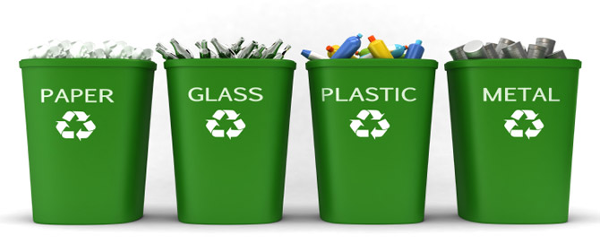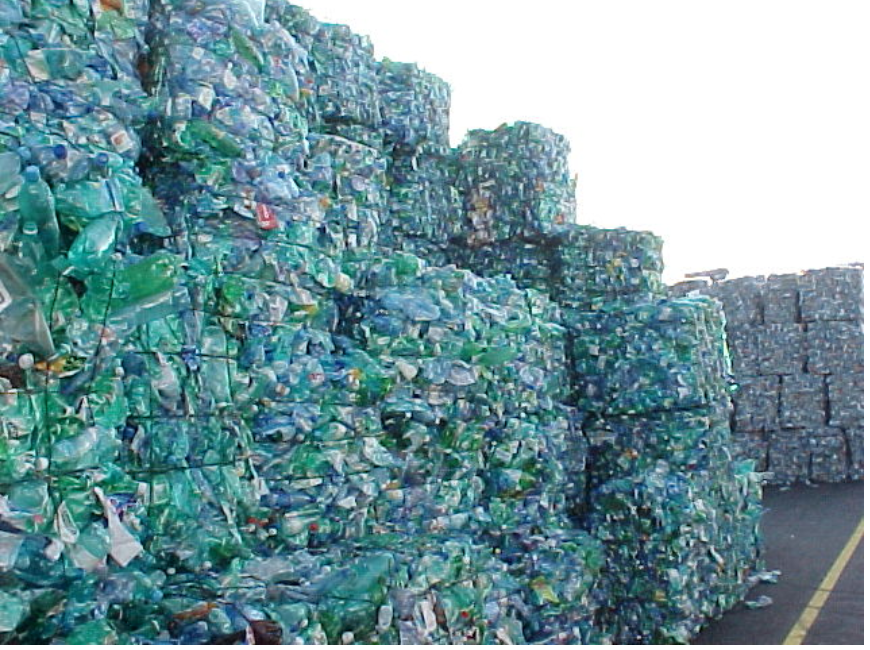The situation of post-consuming bottle collection in Vietnam
Plastic is widely used in human life because of its convenience and low cost. In which the packaging of soft drinks, mineral water, cosmetics, pharmaceuticals … mainly made from plastic bottles. Around the world, millions of plastic bottles are sold every minute. It is estimated that by 2021 the number of bottles sold annually will reach 583.3 billion bottles.
The impact of plastic waste on the environment is an issue that has received increasing public attention. The companies that generate the most plastic waste in the world are also the top consumer goods producers. That has put many companies under pressure in their sustainability strategy.

Separating the waste plays an important part in plastic recycling rate
It is estimated that Vietnam discharges more than 1.8 million tonnes of plastic waste, only 27% of which is recycled, a report from Ministry of Natural Resources and Environment says. Plastic consumption per capita in Vietnam has increased sharply from 3.8 kg per person in 1990 to 41.3 kg per person in 2018. In fact, Vietnam is the top 5 countries dump plastic to ocean most (Top 1 to 10: China, Indonesia, Philippine, Vietnam, Sri Lanka, Thailand, Egypt, Malaysia, Nigeria, Bangladesh).
With currently more than 2,000 small-scale enterprises and high industrial growth rates, plastic recycling constitutes a very promising industry in Viet Nam. However, until recently, most of the plastic material recycled in Viet Nam was imported from other countries such as China. In an effort to avoid a dramatic increase of global waste streams to the country, the Vietnamese government banned the import of material for recycling in 2018, an act that has boosted demand for recyclable domestic plastic waste.
Challenges of Plastic Recycling in Vietnam
Poor quality of feedstock / Low consumer Awareness
The economic and technological feasibility of plastic recycling heavily depends on the quality of feedstock. The lower the level of contaminants present in feedstock, the higher the feasibility of plastic recycling. This is a significant barrier in cities with poor waste management systems (e.g. no sorting-at-source). Even in cities with waste separation systems, lack of consumer awareness or knowledge on how to separate plastics products leads to low recycling rates.

PET-bales
Product design/ Immiscibility of different plastic types
While some products (e.g. PET bottles) can be labelled with a RIC code (indicating the resin used in production), most products such as electronics, heat-proof packaging, are designed with multiple layers, containing different types of plastic polymers and/or other materials (e.g. cardboard).
Inherent immiscibility of plastic polymers is due to the different processing requirements at a molecular level. For example, even a small amount of PVC contaminant in a PET recycle stream can degrade an entire batch of recycled PET
Low cost of virgin materials
Plastic recyclers operate in the same market as traditional, virgin plastic manufacturers, and are price takers in this market. Thus, it is economically challenging for recycled plastic products to compete with virgin plastic prices, in an environment with low commodity prices (e.g. due to ample supply conditions due to shale oil). A 2017 report by Ocean Conservancy estimate that private plastic recyclers struggle to compete at oil prices below $40-50 per barrel.
High cost of investment
Mechanical recycling can be highly energy and water-intensive, especially when quality of feedstock is poor. Chemical recycling requires significant capital investments due to high-tech machinery required.
Rapidly shifting landscape of regulation
Global recycling systems are in a state of upheaval. China which had cumulatively imported almost 50% of global plastic waste has now placed a complete ban in 2018. This has led to major reactionary regulations from both developed and developing countries to restrict inflow of plastic waste imports and mitigate plastic waste accumulation domestically.
